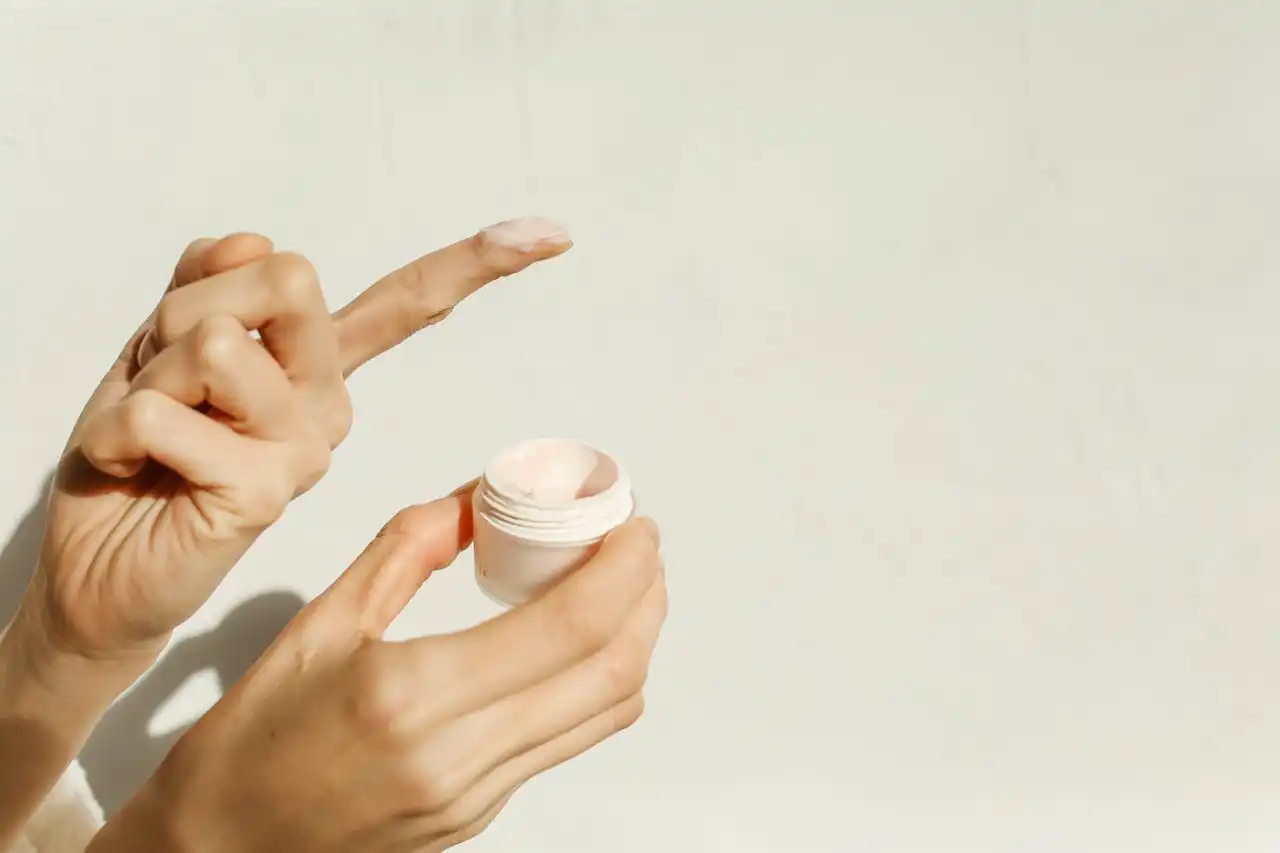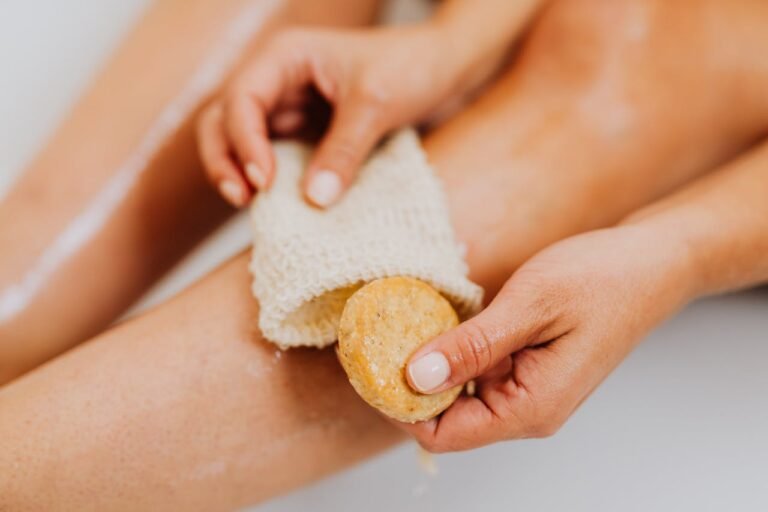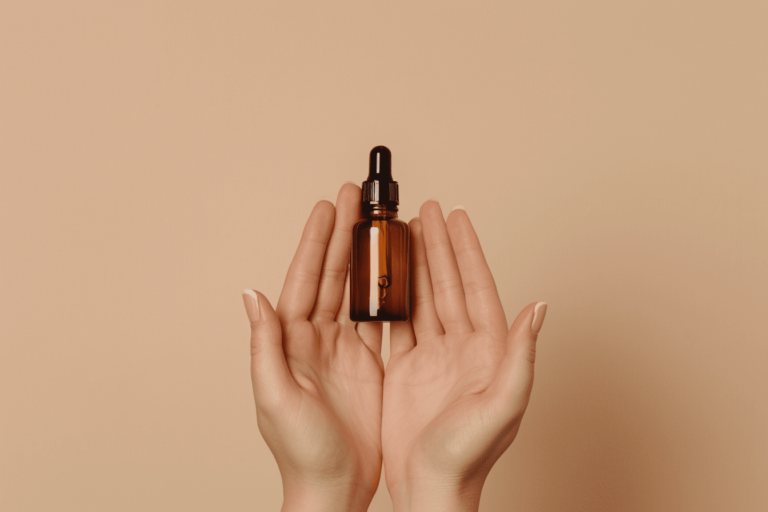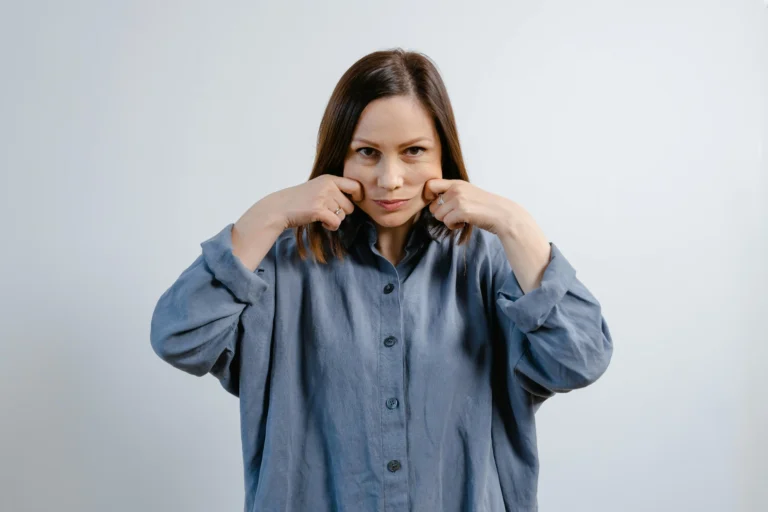How to Tell If a Skincare Product Is Actually Working
You’ve invested in that promising new serum, cleanser, or moisturizer. But weeks later, you’re staring at your reflection wondering if anything has changed.
Skincare results don’t happen overnight. Your skin follows its own timeline, and recognizing real progress takes patience and know-how.
The good news? There are clear signs that indicate whether your products are delivering results or just taking up space on your bathroom shelf.
Let’s decode the signals your skin sends so you can make informed decisions about your routine.
Understanding Your Skin’s Natural Timeline

Your skin operates on a 28-day cycle, though this can extend to 40+ days as you age. This cellular turnover process determines when you’ll see results from most skincare products.
You won’t wake up with transformed skin after one night of using a new product. Different ingredients work at different speeds, and your skin needs time to adapt and respond.
Moisturizers and gentle cleansers often show immediate effects. You’ll notice softer, more hydrated skin within days.
However, active ingredients like retinol, vitamin C, or chemical exfoliants require weeks or months to deliver visible changes.
Setting realistic expectations prevents disappointment and helps you stick with products long enough to see their full potential.
Mark your calendar when you start a new product so you can properly evaluate its effectiveness.
Recognizing Positive Changes in Your Skin
Improved skin texture serves as one of the first indicators that your products are working.
Run your fingers gently across your face – does it feel smoother than before? This tactile improvement often appears before visual changes become obvious.
Your skin’s overall appearance provides valuable clues. Look for increased radiance, more even skin tone, and a healthy glow that wasn’t there before.
These subtle improvements build gradually and become more pronounced over time. Notice if your skin feels more comfortable throughout the day.
Pay attention to how your makeup applies. Foundation that glides on more smoothly and stays put longer often signals better skin texture and hydration levels underneath.
Reduced tightness, less oiliness in your T-zone, or fewer dry patches all indicate that your products are addressing your specific concerns effectively.
Tracking Progress Through Photography
Taking consistent photos of your skin provides objective evidence of improvement that your eye might miss day-to-day.
Use the same lighting, angle, and distance for each photo to ensure accurate comparisons.
Photograph your skin weekly, ideally in natural light near a window. Avoid using flash or harsh artificial lighting that can create shadows and distort your skin’s appearance.
Store these photos in a dedicated album on your phone with dates clearly marked.
Compare images from four weeks apart rather than looking at consecutive weekly shots, as changes happen gradually.
Focus on specific areas of concern when photographing. If you’re treating acne, capture close-ups of problem zones.
For anti-aging products, document areas where you typically see fine lines or uneven texture.
Monitoring How Your Skin Feels

Your skin’s comfort level throughout the day reveals important information about product effectiveness.
Products that work well for your skin type should leave your face feeling balanced and comfortable.
Pay attention to hydration levels. Well-moisturized skin feels supple and bouncy when you gently press it.
If your skin feels tight or looks dull by midday, your current routine might not provide adequate moisture.
Notice any reduction in sensitivity or irritation. Observe how your skin responds to weather changes.
Skin that previously reacted to environmental factors, certain fabrics, or stress might become more resilient with the right products.
Effective skincare helps your skin maintain balance despite humidity, temperature fluctuations, or seasonal transitions.
Evaluating Specific Skin Concerns
Acne Treatment Progress
Active breakouts should become less frequent and less severe over 6-8 weeks of consistent product use.
Existing blemishes might initially appear worse as products bring underlying congestion to the surface.
Look for faster healing of individual pimples. Spots that previously lingered for weeks should resolve more quickly with effective treatment.
Monitor the size and intensity of new breakouts. Even if you still get occasional pimples, they should be smaller and less inflamed than before.
Post-inflammatory hyperpigmentation (dark spots left by healed acne) should gradually fade over 3-6 months with appropriate treatment.
Anti-Aging Results
Fine lines often soften before they become less visible. You might notice this change when applying makeup or in certain lighting conditions.
Skin firmness typically improves before major wrinkle reduction occurs. Your face might feel more “lifted” or taut, especially around the jawline and cheeks.
Improved elasticity shows up when you gently pinch your skin and release it. Healthy, well-treated skin snaps back quickly rather than remaining tented.
Age spots and sun damage respond slowly to treatment. Look for gradual lightening over several months rather than dramatic changes.
Hyperpigmentation Improvement
Dark spots typically lighten from the edges inward. You might notice the borders becoming less defined before the center begins to fade.
Overall skin tone becomes more even as treatments work. Areas of discoloration gradually blend better with your natural skin color.
Your complexion might appear brighter and more uniform in photographs, even if individual spots remain visible.
New pigmentation should form less readily if your products effectively address the underlying causes.
Warning Signs That Products Aren’t Working
Persistent irritation after the initial adjustment period indicates that a product doesn’t suit your skin.
While some ingredients like retinol cause temporary irritation, ongoing redness, burning, or stinging suggests incompatibility.
Worsening of your original concerns after 6-8 weeks signals that your current routine isn’t effective.
Acne that becomes more severe, increased dryness, or more frequent sensitivity reactions all warrant a routine change.
New skin problems that develop after starting a product often indicate an allergic reaction or ingredient sensitivity.
Discontinue use if you experience unexpected breakouts, rashes, or texture changes.
Lack of any improvement after giving products adequate time suggests they’re not addressing your specific needs.
If you see absolutely no changes after 2-3 months of consistent use, consider switching to different formulations.
The Purging Phase vs. Irritation
Certain active ingredients cause “purging” – a temporary worsening of breakouts as your skin adjusts.
This typically occurs with chemical exfoliants, retinoids, and certain acne treatments. This process usually resolves within 4-6 weeks as your skin adapts to the new ingredient.
Purging brings existing comedowns to the surface faster than normal, creating an initial increase in breakouts.
True purging occurs only in areas where you typically break out. If you develop acne in completely new areas, you’re likely experiencing irritation rather than purging.
Monitor the timeline carefully. Purging should show signs of improvement by week 6. If breakouts continue worsening beyond this point, discontinue the product.
Adjusting Your Routine Based on Results
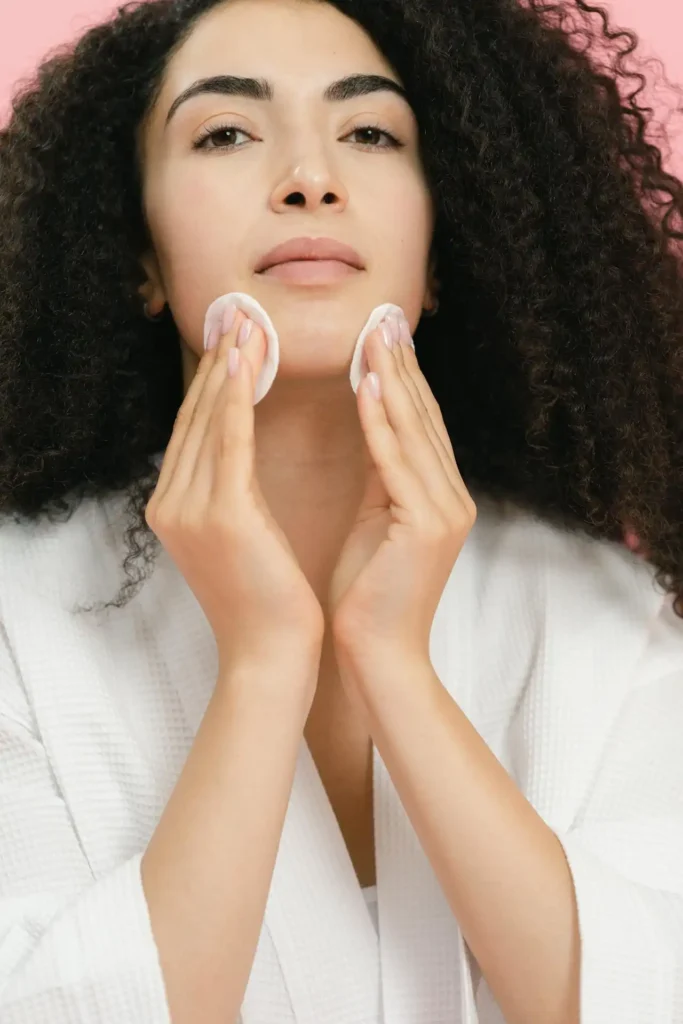
Start with one new product at a time to accurately assess its effectiveness. Keep detailed notes about what you use and when you use it.
Introducing multiple products simultaneously makes it impossible to determine which ones work and which ones don’t.
Give each product adequate time before making changes. Most ingredients need 6-12 weeks to show significant results, though some improvements appear sooner.
Record any changes in your skin’s appearance, texture, or comfort level to identify patterns and effective combinations.
Don’t abandon a working routine too quickly. Skin improvements often plateau before reaching their full potential, so patience pays off with most effective treatments.
Seasonal Considerations and Product Effectiveness
Your skin’s needs change with seasons, affecting how well certain products work.
Summer humidity might make rich moisturizers feel heavy, while winter dryness could render lightweight formulas inadequate.
Monitor how your routine performs during seasonal transitions. Products that work beautifully in one season might need adjustment or replacement as weather changes.
Consider that some improvements become more noticeable in certain seasons.
Hydrating treatments often show better results in dry winter months, while oil-control products prove their worth during humid summers.
Environmental factors like air conditioning, heating, and pollution levels all influence how your skin responds to products. Adjust your expectations and routine accordingly.
Professional Guidance and Product Evaluation
Consult a dermatologist or licensed esthetician if you’re unsure about your skin’s progress.
Professional evaluation can identify subtle improvements you might miss and recommend routine adjustments.
Professional treatments can enhance your at-home routine’s effectiveness. Regular facials or dermatological procedures might accelerate results from your daily products.
Ask professionals to document your skin’s condition during visits. Their trained eye can spot improvements and potential issues that warrant attention.
Consider professional-grade products if over-the-counter options aren’t delivering desired results. Prescription treatments often work faster and more effectively for specific concerns.
When to Stop Using a Product
Discontinue products that cause persistent allergic reactions, severe irritation, or worsening of your original concerns.
Your skin’s safety always takes priority over potential benefits. Trust your instincts about how products feel on your skin.
Stop using products that show no improvement after 3-4 months of consistent use. While patience is important, continuing ineffective treatments wastes time and money.
Reevaluate your routine if your skin concerns change significantly. Hormonal shifts, aging, or lifestyle changes might require different products to address new needs.
If something consistently feels wrong or uncomfortable, listen to your skin rather than pushing through discomfort.
Building an Effective Long-Term Routine

Successful skincare requires consistency and patience. Daily use of appropriate products yields better results than sporadic use of expensive treatments.
Focus on quality over quantity when building your routine. Invest in products with proven ingredients backed by research.
A few well-chosen products that address your specific concerns work better than a complicated multi-step routine with conflicting ingredients.
Regular evaluation and adjustment keep your routine effective as your skin changes. What works in your twenties might need modification in your thirties and beyond.
While trendy ingredients might seem appealing, established actives like retinoids, vitamin C, and chemical exfoliants have extensive safety and efficacy data.
Document your skin’s journey through photos, notes, and professional consultations. This record helps you identify what works, what doesn’t, and how your skin evolves over time.
Conclusion
Trust your skin’s signals and give products adequate time to work.
Consistent use, realistic expectations, and careful observation will help you build an effective routine that delivers lasting results.

